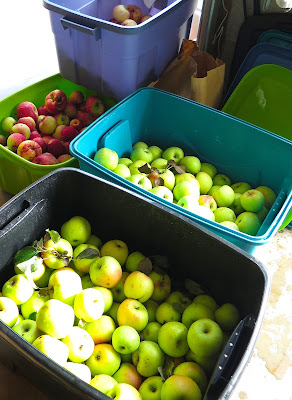 We have heard: read, read, read every day. Perhaps families should also say do math, math, math every day. It’s just as fun. You can increase your child's awareness of numbers by looking around the house to find examples: the kitchen clock, the calendar, a cereal box, a TV dial, a stamp or inside shoes. Children can write down the numbers they see. Give them a number and ask them to look around the house for examples of the number. Boost your older children’s awareness of how numbers are used by pointing out weather forecasts and sports statistics in the newspaper or on-line.
We have heard: read, read, read every day. Perhaps families should also say do math, math, math every day. It’s just as fun. You can increase your child's awareness of numbers by looking around the house to find examples: the kitchen clock, the calendar, a cereal box, a TV dial, a stamp or inside shoes. Children can write down the numbers they see. Give them a number and ask them to look around the house for examples of the number. Boost your older children’s awareness of how numbers are used by pointing out weather forecasts and sports statistics in the newspaper or on-line.
Estimate -- Estimation is one way to increase children’s number sense. Before placing a stack of folded towels on a shelf or filling a bowl with apples, ask to estimate how many will fit. Then count afterward to compare the actual number to the estimate. Helping children learn to make appropriate predictions will help them see how numbers are used in everyday life. Learning to ask, "Is my answer reasonable?" will help them tackle math problems in the classroom.

Unlock the code --Help children recognize numbers and think critically by using mysteries. Write out all the letters in the alphabet on a sheet of paper, leaving room underneath each letter for a number. Under each letter, write the numbers from 1 to 26. In other words, a=1, b=2, etc. Practice writing coded messages using numbers rather than letters. You can use the code to leave simple messages.
How Tall? --Many families record the height of their children on a door or wall chart. If you do the same for everyone in the family, your children can join in the measuring and see how the heights compare. Measurement and understanding relationships between numbers are crucial to the development of mathematical thinking.
What's on the menu? -- At a restaurant ask children to find the least expensive item on the menu, then all the items that cost between $5 and $10 or three items whose total cost is between $9 and $20. This will not only fill the time while you're waiting to eat, it will show your children how math is used every day.
More Ideas and Activities....See the authors’ book “Learning Through the Seasons” at area bookstores and grandparentsteachtoo.org. For more help to prepare young children for success in school see the authors’ web site: www.grandparentsteachtoo.org. Also check our audio Podcasts WNMU Radio 90; Youtube video activities; and join us on Pinterest
photos: Fran Darling, fdarling fotos
No comments:
Post a Comment